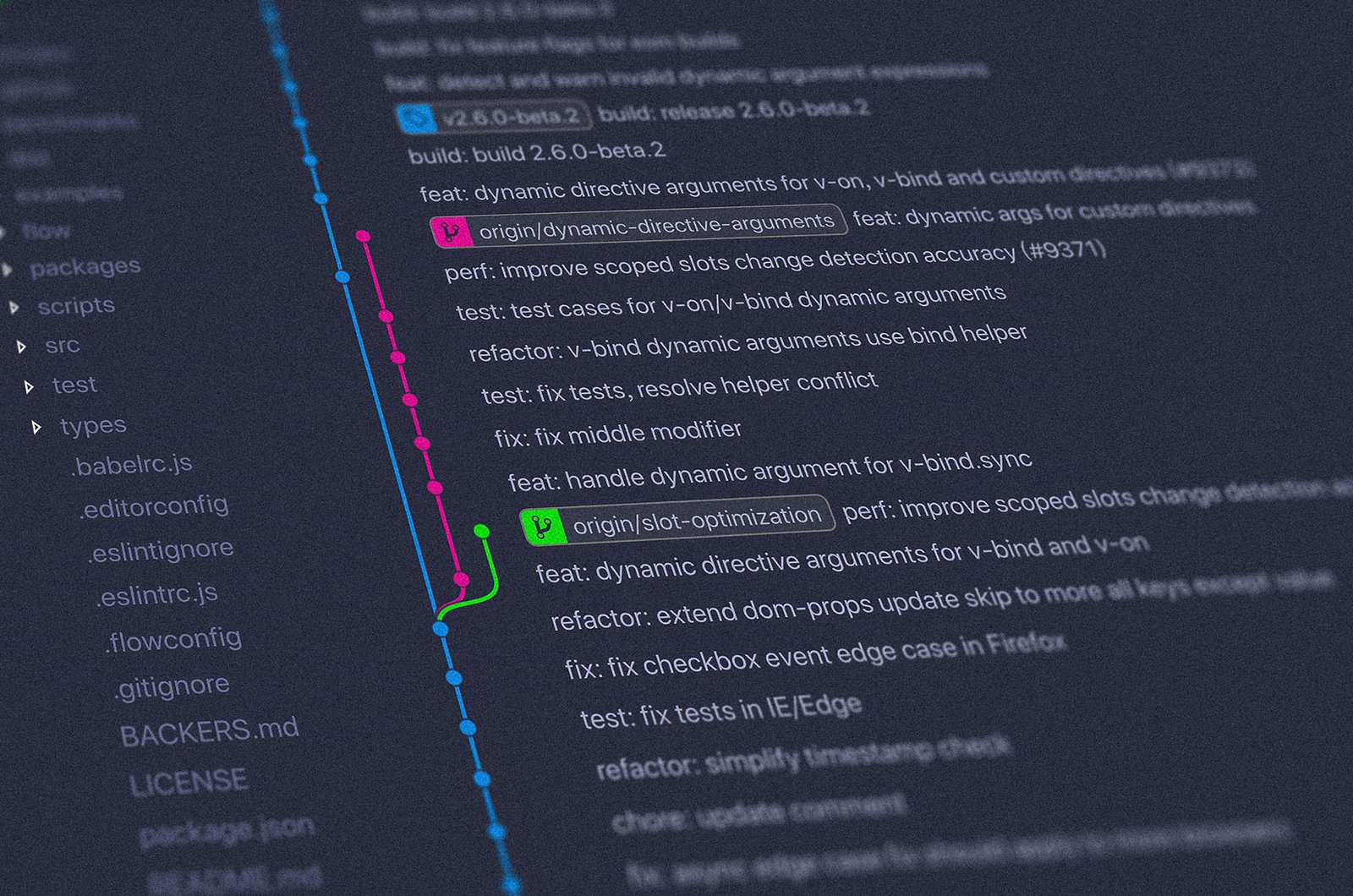
Mastering Version Control with Gitflow: A Comprehensive Guide
By Marcelo Vieyra, November 5th 2023 | 4 mins, 717 words
In the world of software development, efficient version control is the backbone of collaboration and project management. With so many options available, Git stands out as one of the most widely adopted version control systems. And within the Git ecosystem, Gitflow has emerged as a powerful methodology for streamlining development workflows. In this article, we'll explore the fundamentals of Git, delve into basic Gitflow commands, and discuss why Gitflow is recommended for many software projects.
Understanding the Basics of Git
Git is a distributed version control system that allows developers to track changes in their codebase, collaborate with team members, and manage different versions of their projects. It was created by Linus Torvalds in 2005 and has since become an essential tool for developers worldwide.
Here are some key concepts to grasp about Git:
1. Repository: A Git repository is a directory that contains all the files and information related to a project. It stores the entire history of changes made to the project.
2. Commit: A commit represents a specific version of the project. Each commit has a unique identifier and a message describing the changes made.
3. Branch: Branches are divergent lines of development. Developers create branches to work on new features or fixes without affecting the main codebase.
4. Merge: Merging combines the changes from one branch into another. It's a way to integrate features or fixes back into the main branch, such as 'master' or 'main'.
5. Pull Request: In Git, a pull request (PR) is a request to merge changes from one branch into another. PRs are a core component of collaborative development.
Getting Started with Gitflow
Gitflow is an extension of Git that provides a set of conventions and tools to manage branches and workflow efficiently. It was introduced by Vincent Driessen and is widely adopted for its clear structure and organized approach to development. To get started with Gitflow, you'll need to install it as a Git extension and familiarize yourself with its key components:
1. Feature Branches: Developers create feature branches to work on specific new features or enhancements. Feature branches are temporary and should be based on the 'develop' branch.
2. Release Branches: When the 'develop' branch reaches a stable state and is ready for release, a release branch is created. Bug fixes and release preparations take place here.
3. Hotfix Branches: Hotfix branches are for critical bug fixes that need immediate attention. They branch from 'master' or 'main' and are merged back into both 'master/main' and 'develop'.
4. Support Branches (Optional): Support branches are long-lived and are used for maintaining older releases if necessary.
Basic Gitflow Commands
Let's take a look at some essential Gitflow commands to help you get started:
1. Initialize Gitflow: To set up Gitflow in a Git repository, run git flow init. This command will guide you through the initial configuration.
2. Start a Feature: Create a new feature branch with git flow feature start my-feature. This will automatically switch you to the new branch.
3. Finish a Feature: To merge your feature back into 'develop', run git flow feature finish my-feature.
4. Start a Release: Create a release branch with git flow release start 1.0.0. This is where you prepare for a new version release.
5. Finish a Release: When the release is ready, run git flow release finish 1.0.0. This will merge changes into both 'master/main' and 'develop', and tag the release.
Why Gitflow is Recommended
Gitflow is recommended for many software projects due to several key advantages:
- Structured Workflow: Gitflow enforces a structured and organized workflow, reducing the chaos that can arise from ad-hoc branch management.
- Versioning Control: With Gitflow, versioning is more controlled and easier to manage. Release branches and version tags make it clear which code corresponds to which release.
- Collaboration: Collaborative development becomes more streamlined with Gitflow. Developers can work on features independently, and the clear process for merging changes reduces conflicts.
- Maintenance: The ability to hotfix critical issues quickly without disturbing ongoing development is a valuable feature of Gitflow.
In conclusion, mastering Git and adopting the Gitflow workflow can significantly enhance your version control practices and development process. By understanding the fundamentals and using basic Gitflow commands, you'll be well on your way to achieving a more organized and efficient workflow for your software projects. Give Gitflow a try, and see the benefits it brings to your development team.
Happy coding and version controlling!